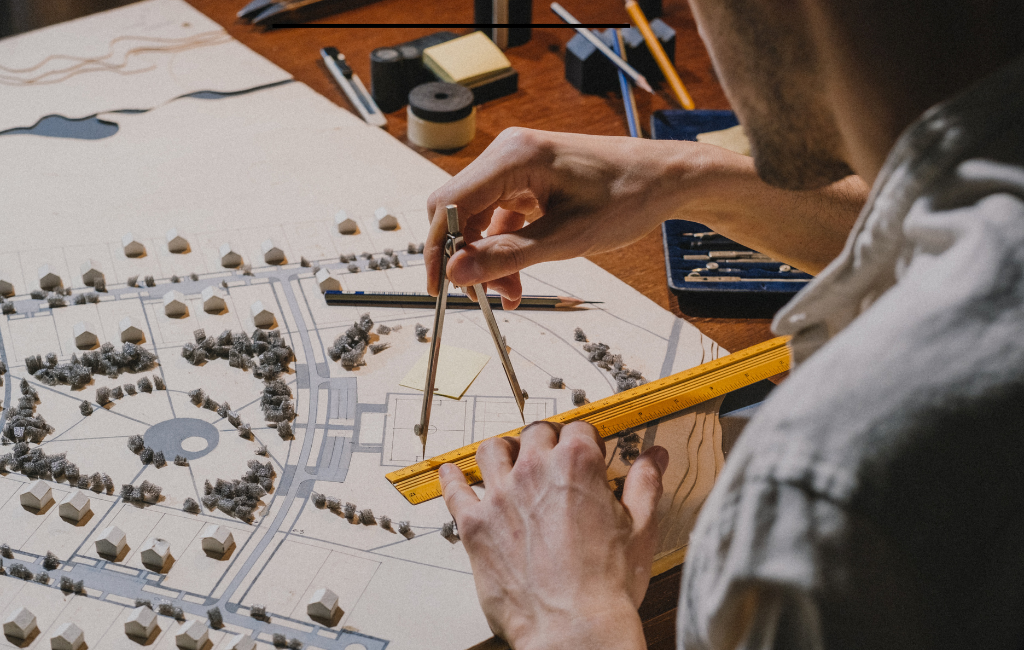Architect Strategies
In the ever-evolving field of architecture, strategies play a pivotal role in shaping the built environment. Architects are tasked with creating spaces that are not only functional but also aesthetically pleasing and sustainable. This article explores various strategies employed by architects to achieve these goals, supported by examples and case studies.
Understanding the Context
Before designing any structure, architects must thoroughly understand the context in which they are working. This involves analyzing the geographical, cultural, and historical aspects of the location. By doing so, architects can create designs that resonate with the local community and environment.
- Geographical Analysis: Understanding the climate, topography, and natural resources of the area.
- Cultural Considerations: Respecting local traditions, customs, and architectural styles.
- Historical Context: Preserving historical landmarks and integrating them into new designs.
An example of this strategy is the Louvre Abu Dhabi, designed by Jean Nouvel. The museum’s design reflects the region’s cultural heritage while incorporating modern elements, creating a harmonious blend of past and present.
Embracing Sustainability
Sustainability has become a cornerstone of modern architecture. Architects are increasingly adopting strategies that minimize environmental impact and promote energy efficiency. This approach not only benefits the planet but also enhances the quality of life for building occupants.
- Energy Efficiency: Utilizing renewable energy sources and optimizing building orientation to reduce energy consumption.
- Material Selection: Choosing sustainable materials that have a low environmental footprint.
- Water Conservation: Implementing systems for rainwater harvesting and greywater recycling.
The Bullitt Center in Seattle is a prime example of sustainable architecture. Dubbed the “greenest commercial building in the world,” it features solar panels, a rainwater collection system, and composting toilets, demonstrating the potential of sustainable design.
Innovative Use of Technology
Technology is revolutionizing the way architects design and construct buildings. From 3D modeling to virtual reality, these tools enable architects to visualize and refine their designs with unprecedented precision.
- 3D Modeling: Creating detailed digital representations of buildings to explore design options.
- Virtual Reality: Allowing clients to experience a building before it is constructed.
- Building Information Modeling (BIM): Facilitating collaboration among architects, engineers, and contractors.
The use of BIM was instrumental in the construction of the Shanghai Tower. This technology allowed for seamless coordination among various stakeholders, resulting in a skyscraper that is both structurally sound and visually stunning.
Prioritizing Human Experience
Architects are increasingly focusing on the human experience within their designs. This strategy involves creating spaces that promote well-being, productivity, and social interaction.
- Biophilic Design: Incorporating natural elements to enhance occupants’ connection to nature.
- Flexible Spaces: Designing adaptable environments that can accommodate various activities.
- Community Engagement: Involving local communities in the design process to create spaces that meet their needs.
The High Line in New York City exemplifies this approach. By transforming an abandoned railway into a vibrant public park, architects created a space that fosters community interaction and enhances urban life.
Adaptive Reuse
Adaptive reuse is a strategy that involves repurposing existing structures for new uses. This approach not only preserves historical buildings but also reduces the environmental impact of new construction.
- Preservation of Heritage: Maintaining the architectural integrity of historical structures.
- Cost Efficiency: Reducing construction costs by utilizing existing materials and infrastructure.
- Environmental Benefits: Minimizing waste and conserving resources.
The Tate Modern in London is a successful example of adaptive reuse. Originally a power station, it was transformed into a world-renowned art museum, showcasing the potential of this strategy.
Conclusion
Architect strategies are integral to the creation of spaces that are functional, sustainable, and enriching. By understanding the context, embracing sustainability, leveraging technology, prioritizing human experience, and employing adaptive reuse, architects can craft environments that meet the needs of today while anticipating the challenges of tomorrow. These strategies not only shape the physical landscape but also influence the way people interact with their surroundings, ultimately contributing to a more harmonious and sustainable future.
